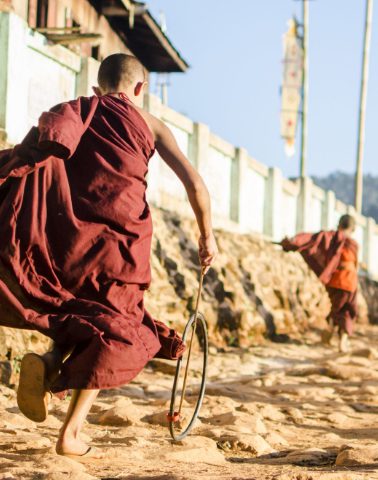
Subscribe to our mailing list
We are still here! Let us send you tips for travelling through Myanmar and stories from the road …
Relations between the two were to improve. Naga men were enlisted during the First World War and their complete – if not prompt – payment down to the last rupee instilled trust. By the time of WW2, the Allies were able to lean heavily on the Nagas as staunch allies.
In the 1940s the District Commissioner of Nagaland was Charles Pawsey. It was due to affection for Pawsey that the Kohima Nagas fought so well. When Allied troops were withdrawn before the battle, an outraged Pawsey proclaimed: “If you want to leave, go, but I will not abandon my Nagas!” This kind of language the Nagas understood.
Pawsey’s tennis court in Kohima now sits within the Commonwealth Cemetery. When the British left Nagaland within India – a state they never wanted to be part of – the Nagas felt let down. Despite any grudge that the Nagas might hold, their hospitality is overwhelming.
That being said, any visitor to the town of Khonoma will be swiftly – and with more than a little pride – shown where early imperialists were once speared.
Rob Lyman explores the events and ramifications of WW2 in Kolkata, Kohima and the Naga Hills.
Trek from the plains of Dimapur up to Kohima in the hills. Stay overnight in Naga villages.
An endurance trek through the Naga Hills, in the footsteps of the Naga soldiers of the Assam.